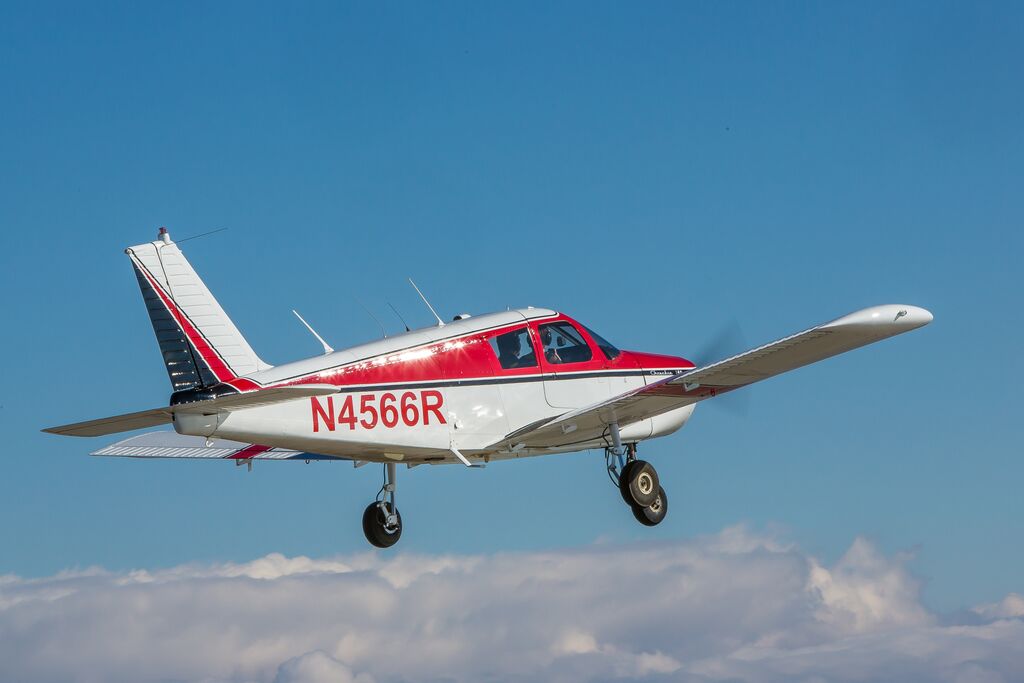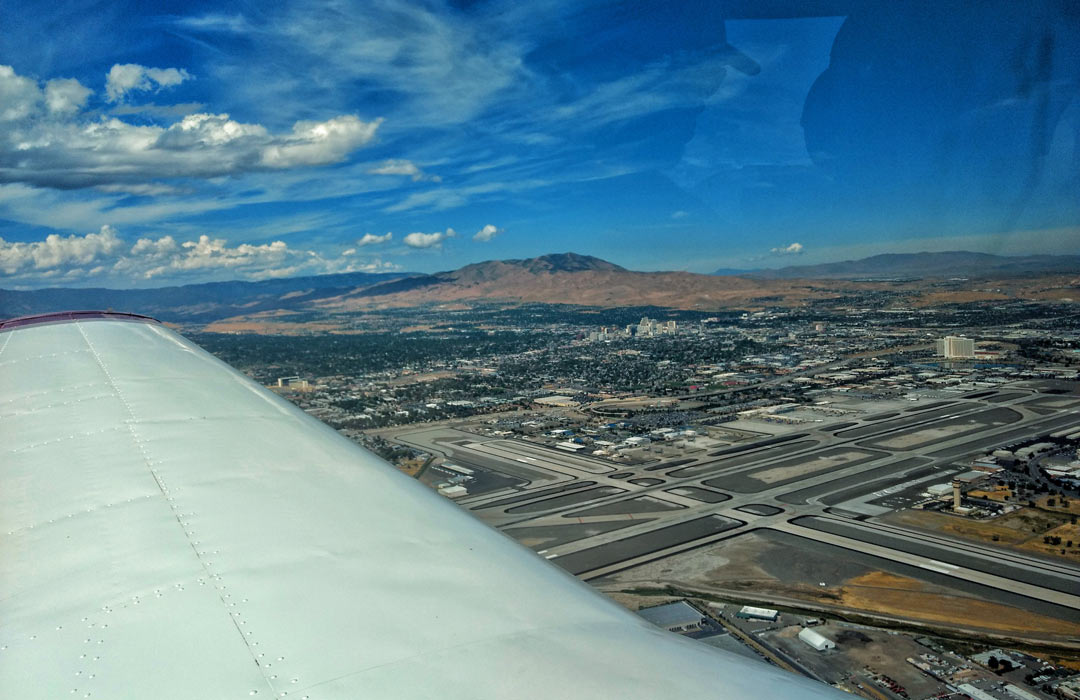The FAA WINGS Safety Program & NASA Callback: Stack the Odds in Your Favor
We all want to fly safely, yet, each year NTSB records reveal the same stubborn problems. While it’s true some aircraft accidents are caused by mechanical failures, pilot incapacitation, and the ever-mysterious “unknown causes,” when looking at AOPA ASI’s “Joseph T. Nall Report” over the last decade, nearly three-quarters of accidents are “pilot-related.” The report points out that most pilot-related accidents are the result of specific failures of flight-planning, decision making, or the typical hazards one encounters in the high-risk phases of flight, such as taking off, landing, low-level maneuvering, descent, and approach. It goes on to explain that fuel mismanagement and weather-related accidents generally give pilots advance warning and so “…can be considered failures of advanced planning or in-flight decision-making. Takeoff and landing accidents…tend to happen very quickly, focusing attention on the pilot’s airmanship (though the decision-making that leads airmanship to be tested can usually be called into question).”
What can you do to reduce the stubbornly high non-commercial general aviation accident rate? It’s especially difficult to practice in the air when fuel prices and a lousy economy make it harder to fill your fuel tanks. Stack the odds in your favor with a pair of programs that are easy on your budget, and are good ways to keep your head in the game when the weather outside is too cruddy for flying anyway: the FAA WINGS safety program, and the monthly NASA Callback safety bulletin, which is tied into the NASA Aviation Safety Reporting System (ASRS).
FAA WINGS Safety Program
A lot of pilots like to badmouth the FAA, but they’ve done many things right, one of which is the FAA WINGS Pilot Proficiency Program. The FAA WINGS program was reinvented in 2007 with two major changes: It was moved from a paper-based program administered by local FSDOs to an easy-to-use automated program administered nationally at the FAA Safety Team’s website. The program was also changed from an award program based on time involvement to a proficiency program based on a demonstration of pilot knowledge and skills.
On the FAA Safety Team’s website, you can read a report that reaches some enlightening conclusions after a presentation of three years of Part 91 accident rates, from 2008–2010. Excluding charter and flight training accidents, the report looks at a total of 3,654 accidents and reveals that only 25 of these involved pilots who had earned a phase of WINGS. Of these, only 12 were current with WINGS at the time of their accident; a minuscule 0.33%. Better yet, only one pilot out of 712 fatal accidents had a current phase of WINGS at the time of the accident, while only four had earned some phase of WINGS before their accidents. Furthermore, not a single IFR flight plan-accident involved a pilot who had earned any phase of WINGS before the accident. At the time of the study over 11,000 pilots had completed at least one phase of WINGS. Those odds are good enough for me; I’m going to get and stay current in the FAA WINGS safety program.
Reviewing those 25 accidents involving pilots who had some phase of WINGS, one finds several takeoff or landing accidents by low-time tailwheel or seaplane pilots. Five involved preventable engine failures caused by fuel mismanagement, poor pre-flights, and carb icing. The report’s author, an FAA FAAST Team Manager, emphasizes the now-proven effectiveness of currency in WINGS, citing the principle of “Recency” from the Laws of Learning in the “Aviation Instructor’s Handbook.” He also suggests that CFIs and DPEs should focus more on transition training and proper preflight planning, with an emphasis on performance and limitations (of both the pilot and aircraft, I would add).
Finally, the report presents a chart showing how aircraft accidents peak in summer and recommends that pilots exercise special care at the start of the flying season and into summer. The time to start is now; it’s not an exaggeration to say that this could save your life. The FAA WINGS safety program can help keep your aviation knowledge current in the crucial areas of decision making, performance and limitations, preflight planning, risk management, and fuel management. Most WINGS ground courses are free and you’ll meet other pilots. Or you can take courses online at the FAASTeam website or over at AOPA. When you fly, focus your training on basic flying skills, positive aircraft control, and takeoffs and landings. Many flight instructors volunteer their time for the WINGS programs. Bring your plane or rent one and the instructor’s time toward the flight portion of WINGS is free.
Sign up free at FAASTeam website, and if you complete a phase of WINGS with three ground and three flying credits, it counts as a biennial flight review (BFR).
NASA Callback and the NASA ASRS
With the space shuttles grounded forever, NASA has gotten its share of criticism over the years. Still, many pilots have NASA to thank for the “get out of jail free” card they got when they filled out a NASA Aviation Safety Reporting System (ASRS) Form after making an aeronautical error, thereby avoiding a possible citation or other enforcement action. The logic behind the initial implementation of this program was that reports would become public while retaining the anonymity of the pilot. NASA has followed through on that promise and publishes a free monthly safety bulletin, NASA Callback. One “Callback”, Issue 395, focuses on six events caused by jet blast (indeed, I’ve been blown off a runway myself by jet blast). The idea is that you read the report, written in first-person, learn from it, and hopefully avoid making that mistake yourself. Give NASA Callback a try; it’s free and the monthly intervals won’t clog your Inbox. Online NASA ASRS forms, links, and free “Callback” subscription is available at the NASA ASRS website.
In Conclusion
The FAA and NASA truly want to improve aircraft and pilot safety. So be a proactive pilot and take advantage of what they offer. Just today, I followed my own advice and attended an all-day course at the Boise Airport that offered three WINGS ground credits (most courses are of shorter duration). Held in a large hangar, nearly 150 people were in attendance.

At this particular event, most were not there for WINGS credit; many of the participants were students with an interest in aviation, and there was plenty of time during the breaks to get to know my fellow pilots and mentor some of the students.
The FAA WINGS safety program has such an astounding success rate it seems foolish to ignore it. Think of it as the cheapest life insurance you’ll ever get. NASA Callback reports are candid, interesting to read, and provide much food for thought. And now you know how to improve your odds and keep from becoming another GA accident statistic.















I have taken dozens of Wings safety seminars but the statistics cited in this article are meaningless. The total number of flight hours for pilots with Wings currency would have to be compared with total flight hours for pilots without for this to be a scientific comparison. It’s possible that current Wings pilots have a WORSE safety record than the average pilot, we wouldn’t know by the information given here.